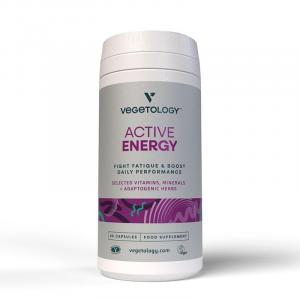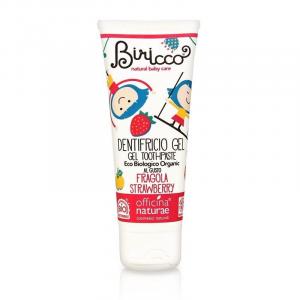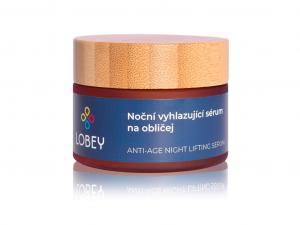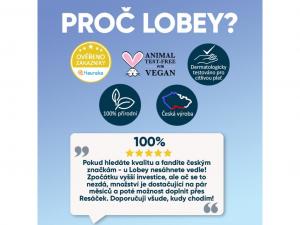Methylcellulose
Other names: E461, methylated cellulose
Harm score: 2 (Derivatives of natural substances)
Methylcellulose, also known as E461 or methylated cellulose, is a type of food additive that can be found in many everyday products. It is a compound that is formed by chemically modifying cellulose, a plant polysaccharide that is one of the most commonly found organic compounds in the world. Methylcellulose is a colourless to white powdery substance, is tasteless and odourless and is characterised by its sticky, thickening and emulsifying properties.
E461 is widely used in the food industry as a stabilizer, emulsifier or thickener to improve the texture and shelf life of products. It may be present in dairy products such as ice cream or yoghurt, in soups and sauces, in baked goods and other bakery products, and in certain types of sweets, whether chewing gum, lozenges or other confectionery. In the cosmetics industry, methylcellulose is used as a thickening agent in shampoos, toothpastes and other cosmetics. It can also be found in medical applications where it is used as a component of tablets to improve their consistency and solubility. In addition, methylcellulose is also a component of some types of building materials such as plasters or paints, where it improves their properties.
Methylcellulose can be found in the following products

Vegetology Active Energy - Against fatigue and exhaustion, 60 capsules
Product detail
Children's toothpaste - strawberry BIO (75 ml) - fluoride-free
Product detail
Anti-Age Night Smoothing Serum 50 ml
Product detail